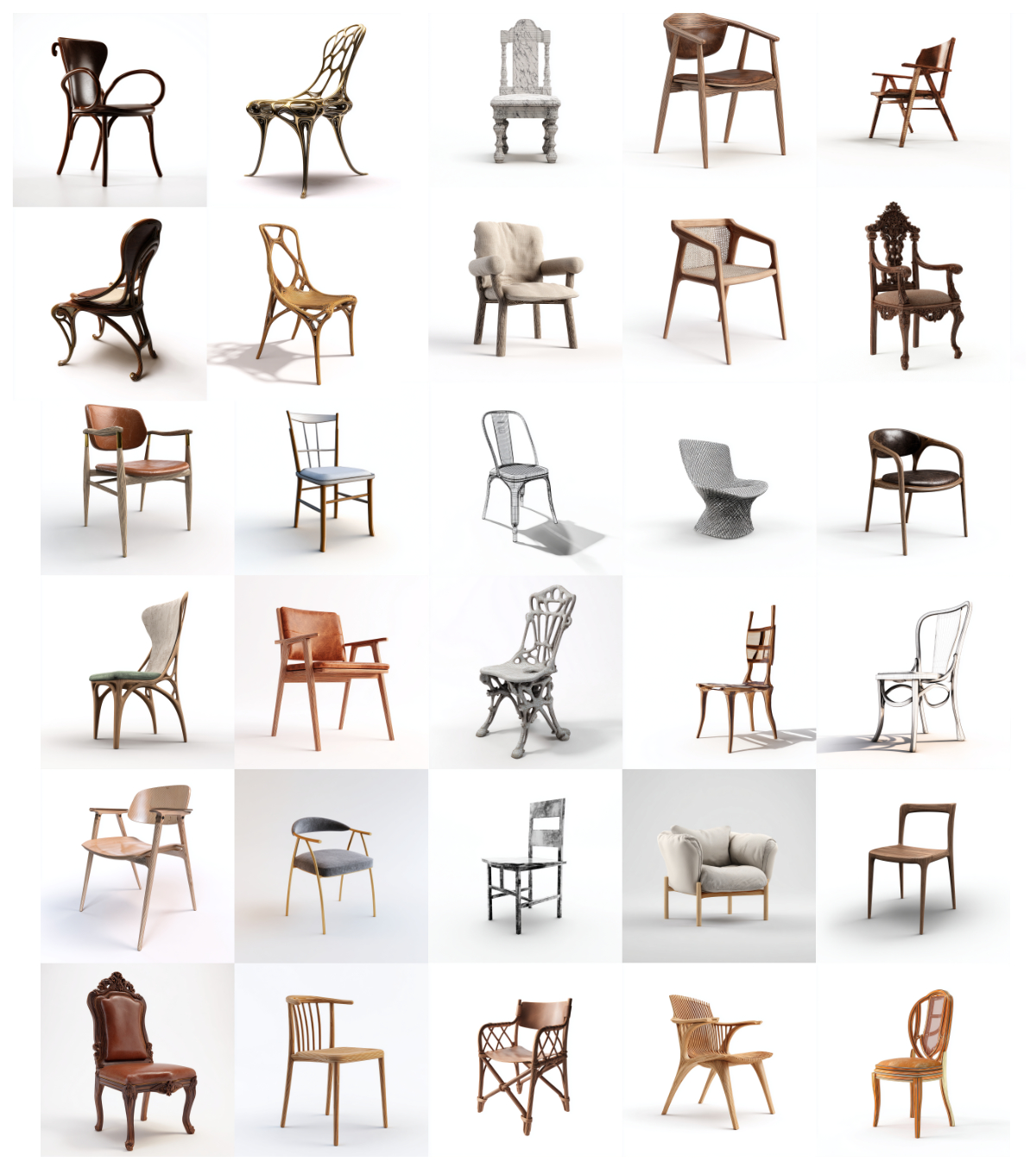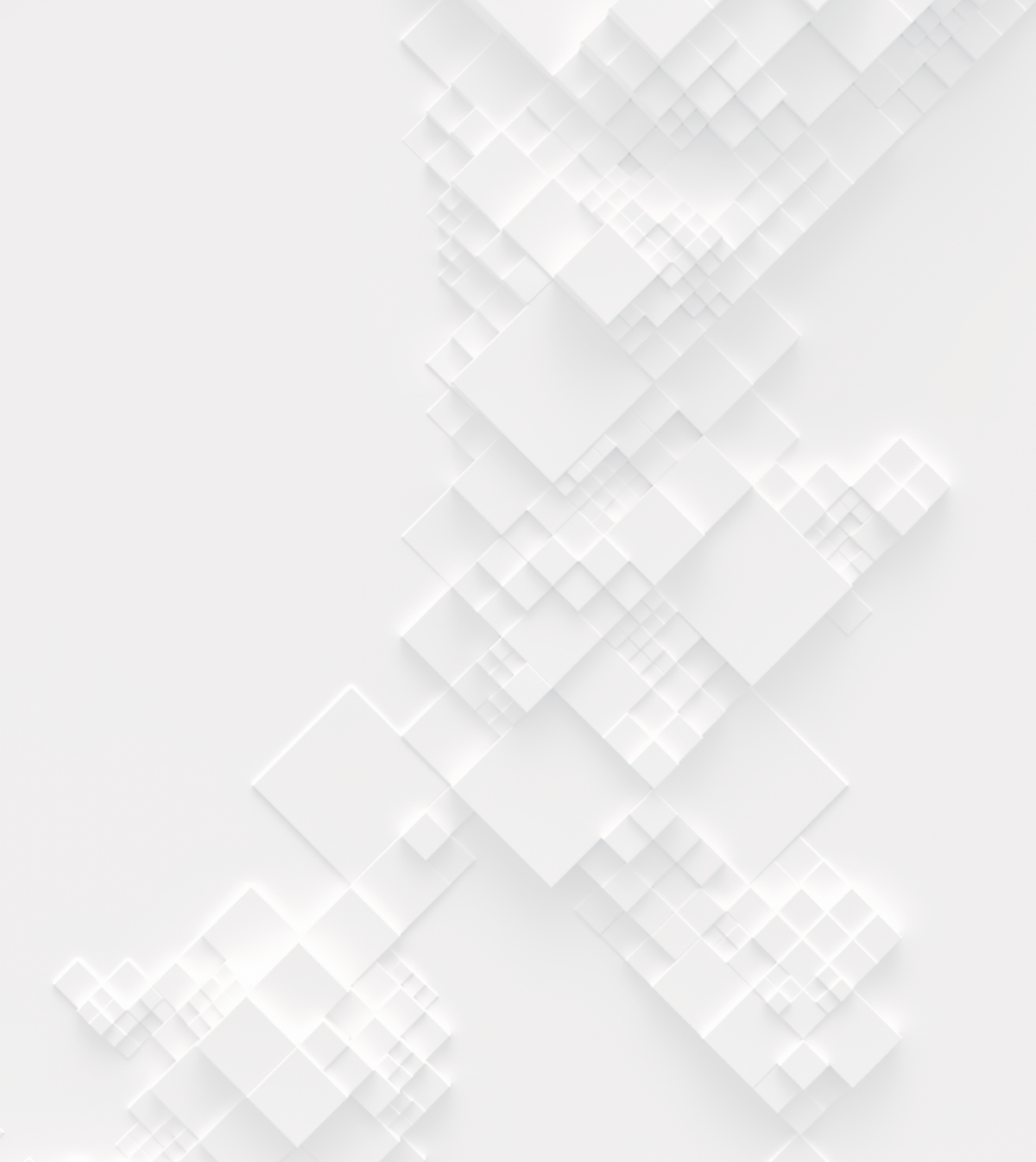We’d like to take the opportunity to introduce you to the Honorable mention winners of our "Kinderspace" competition – Yulun Liu and Dongqi Chen from United States!

Yulun Liu and Dongqi Chen
Please tell us about your company (when it was founded, where it is based, how many employees, etc) Alternatively, if you do not have a company, please give us some insights on your own professional/academia background.
We currently work as full-time architectural designers at Skidmore, Owings & Merrill (SOM) in Chicago, a firm founded in 1936 and recognized globally for its innovative projects. Our journey in architecture began when we earned our Master’s in Architecture from the University of Pennsylvania in 2022, where we developed a passion for merging creative design with practical functionality. At SOM, we have contributed to a diverse range of projects that challenge conventional design approaches, from high-rise developments to large-scale urban initiatives. Working collaboratively with interdisciplinary teams has allowed us to continuously refine our skills and integrate sustainable practices into our work.
These experiences inspire us to develop solutions that not only enhance the urban landscape but also promote community well-being. While we are grateful for the opportunity to work at a firm with such a storied legacy, we are still trying to develop on our own professional growth and creative vision. We are committed to creating innovative designs that shape vibrant, sustainable communities, and we look forward to embracing future challenges and opportunities in the field of architecture.
Brief information about the projects that you/your company have been involved with. For instance, what scale have you focused on/preferred, any significant projects where the company/ individuals have been Involved?
One of the key projects Yulun is involved in is the expansion of Chicago O'Hare International Airport, where she is responsible for the development of daily design tasks. As the project architect, Yulun has led the coordination between the architectural and structural teams and prepares for client meetings to ensure that critical design phases progress smoothly. Currently, her primary focus is on the design and development of enclosure systems, which require extensive collaboration among interdisciplinary teams—particularly in integrating architectural design with structural engineering. Coordinating the efforts of various professional teams to ensure that the facade meets aesthetic standards while achieving efficient structural performance is a challenging yet rewarding task, especially within stringent time and budget constraints. In addition to her regular architectural design responsibilities, Yulun is engaged in research projects related to 3D-printed concrete and the design of exhibition pavilions utilizing bio-blocks. Her previous research background has been instrumental in advancing these material studies, helping to drive the architecture industry toward more sustainable and environmentally friendly practices.
Dongqi is an accomplished designer with a diverse portfolio spanning cultural projects, mixed-use developments, luxury residences, and corporate headquarters. With professional experience in the United States, China, and the Middle East, Dongqi has participated in innovative and context-sensitive designs on a global scale. Passionate about harnessing artificial intelligence, he integrates AI into the architectural workflow for form generation, reproduction, and technical optimization, enabling sophisticated and efficient solutions. As a project architect, Dongqi plays a pivotal role in the Jeddah Central Oceanarium project in Saudi Arabia. He is dedicated to crafting immersive storytelling through creative design and meticulous coordination, ensuring the creation of compelling narratives and memorable experiences for this flagship project.
What does architecture mean to you and what is the role of an architect in your society?
Architecture is more than just creating designs; it is a transformative journey of discovering challenges, deeply investigating their roots, and crafting innovative solutions that resonate on both functional and emotional levels. To us, architecture is a dialogue between human aspirations and the built environment, where every structure tells a story and every design decision has the power to shape lives. Architects are not only designers but also problem-solvers and visionaries. They address urgent issues, whether it’s sustainability, accessibility, or community resilience, and it champion forward-thinking ideas that push the boundaries of traditional practice. By merging creativity with practicality, architects inspire and lead their communities, fostering environments that enhance quality of life and nurture a collective sense of identity and belonging.
Why do you participate in architecture competitions?
For our team, architecture competitions are an invaluable opportunity to push our limits and continually enhance our design skills. They challenge us with unique, intricate problems that force us to think creatively and devise inventive solutions beyond conventional boundaries. Unlike typical real-life projects, competitions offer a level of creative freedom that allows us to explore unconventional concepts and experiment with new ideas without the constraints of budget or client expectations. This flexibility not only encourages us to push our creative boundaries but also fosters a collaborative environment where diverse perspectives and skills can merge to redefine the frontiers of design. Ultimately, these competitions help us to innovate, gain fresh insights, and showcase our vision, contributing significantly to our professional growth and the evolution of the architectural field.
What advice would you give to individuals who struggle to decide whether it would be beneficial for them to participate in architecture competitions?
Architecture competitions offer a unique platform for growth. However, deciding whether to participate can be challenging. For those unsure, start by clarifying your objectives. Determine whether you’re seeking to improve technical skills, explore creative ideas, or expand your professional network. Evaluate your level of dedication and choose competitions that align with your interests and experience; if you're new, begin with smaller contests to build confidence before taking on larger challenges.
Seeking mentorship from experienced peers can provide valuable guidance and help you avoid common pitfalls. Additionally, manage your finances wisely and view competition participation as an investment in your professional development rather than an immediate return. Remember, every competition is a learning opportunity: review your progress, absorb feedback, and adjust your approach accordingly. This continuous process of learning and adaptation can ultimately enhance your skills and further your career in architecture.
Top 3 Reasons Why You Should Enter Architecture Competitions
Curious about the value of architecture competitions? Discover the transformative power they can have on your career - from igniting creativity and turning designs into reality, to gaining international recognition.
Learn more


























